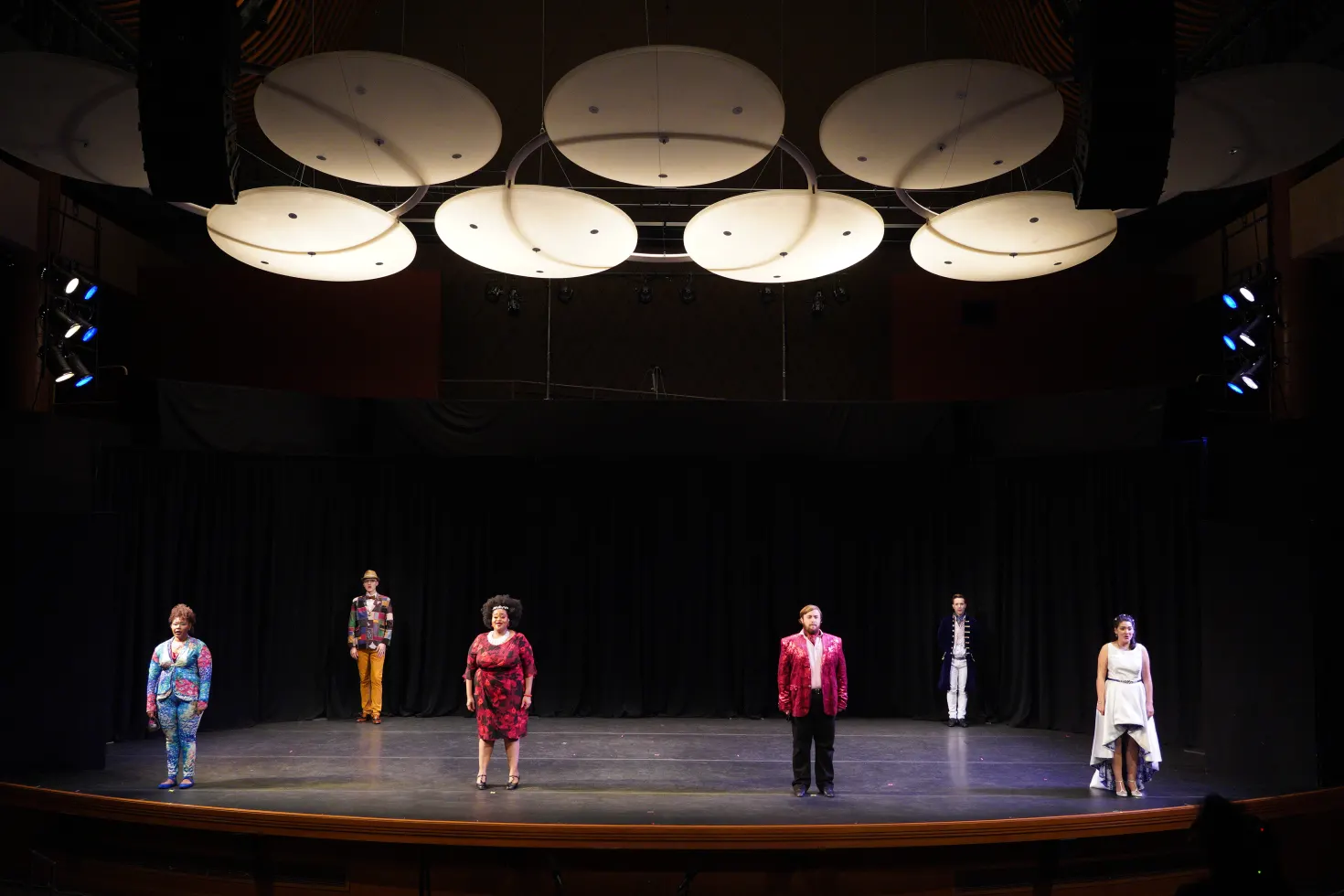They met when the younger Mozart came to Paris in 1778 for the third time. It is a matter of record that they both lived and dined under the same roof from July 5 (two days after Mozart’s mother Anna Maria died) until September 11. They were lodged together in the home of the Baron Friedrich Melchior Grimm, a critic and Bavarian friend of Leopold Mozart and a fellow Freemason. Grimm took in the 22-year-old Wolfgang, who was severely shaken by the sudden death of his mother.
One can only conjecture about the exchanges between the two composers.
Mozart, having traveled since childhood, can be considered multi-cultural. Part of the universality of his genius, was his ability to almost instantly absorb everything with which he came into contact. Saint-Georges was a product of the musical styles and practices in France, part of a new wave. For instance, he was one of the first exponents of the sinfonia concertante, a form popular in Paris. Perhaps Mozart owes some of his interest in it to Saint-Georges. Chronologically, this form serves as a bridge between the Baroque concerto grosso and the Classical solo concerto by employing several solo instruments. Though Mozart was already experimenting with this several months before his mother’s death, it is hard to imagine that he would not have discussed it with Saint-Georges. And then again, we do not know for sure that the two composers had not met earlier. Mozart’s Sinfonia Concertante for Violin and Viola, with its monumentally tragic slow movement (which I imagine as an elegy to his mother), is the culmination of this genre.
Saint-Georges, a Freemason himself, negotiated at the behest of a wealthy patron with another man who shared that association, Josef Haydn. He organized the commission with the Austrian composer for six symphonies which later became renowned as the “Paris Symphonies.” Saint-Georges prepared the first edition and conducted the premieres with the Orchestre de la Loge Olympique, of which he was music director.
The Anonymous Lover, described as a “comédie mélée d’ariettes et de ballets,” was based on a play by Felicité de Genlis, one of the many fascinating personalities in the cast of characters of Saint-Georges’ life. They were contemporaries and met as teenagers. It is an opéra comique with dialogues and many dances, which of course was de rigueur.
This comic opera is a rather lighthearted affair, consistent with the tastes of the times, concerning a love triangle, but one with a twist. The threesome consists of nobles: Léontine (soprano), a beautiful young widow; Valcour (tenor), her friend of many years; and the Anonymous Lover, a suitor who has been courting her anonymously for four years. There is the conventional entourage consisting of Ophémon (baritone), an old scholar, who accompanies and helps direct the intrigue, and Dorothée (speaking role), Léontine’s confidante and friend. There is the requisite happy and simple peasant couple, Jeanette (soprano) and Colin (tenor). The double wedding at the end of the opera will include both social classes.
The plot consists of nothing more than the Anonymous Lover finding his courage (with a little indirect encouragement from Léontine) to declare his identity: it is Valcour himself. Joy, happiness and general rejoicing. There is nothing of profundity or food for thought in the libretto that would occasion special attention.
But the music is another story. It is elegant, charming, lively and, most important, deeply expressive and even profound when it needs to be. For this production, we have imported the aforementioned aria from Ernestine and assigned it to Dorothée (originally a speaking role). This liberty allows an extraordinary grand aria, written in the vein of Gluck (and, to my ears, impressively harkening forward to Berlioz) to have a hearing. The role of Léontine is of an extreme difficulty. It requires the range and agility of Fiordiligi (there are three major arias) and a challenge worthy of Constanze’s second-act marathon: five consecutive numbers with only a minimum break.
